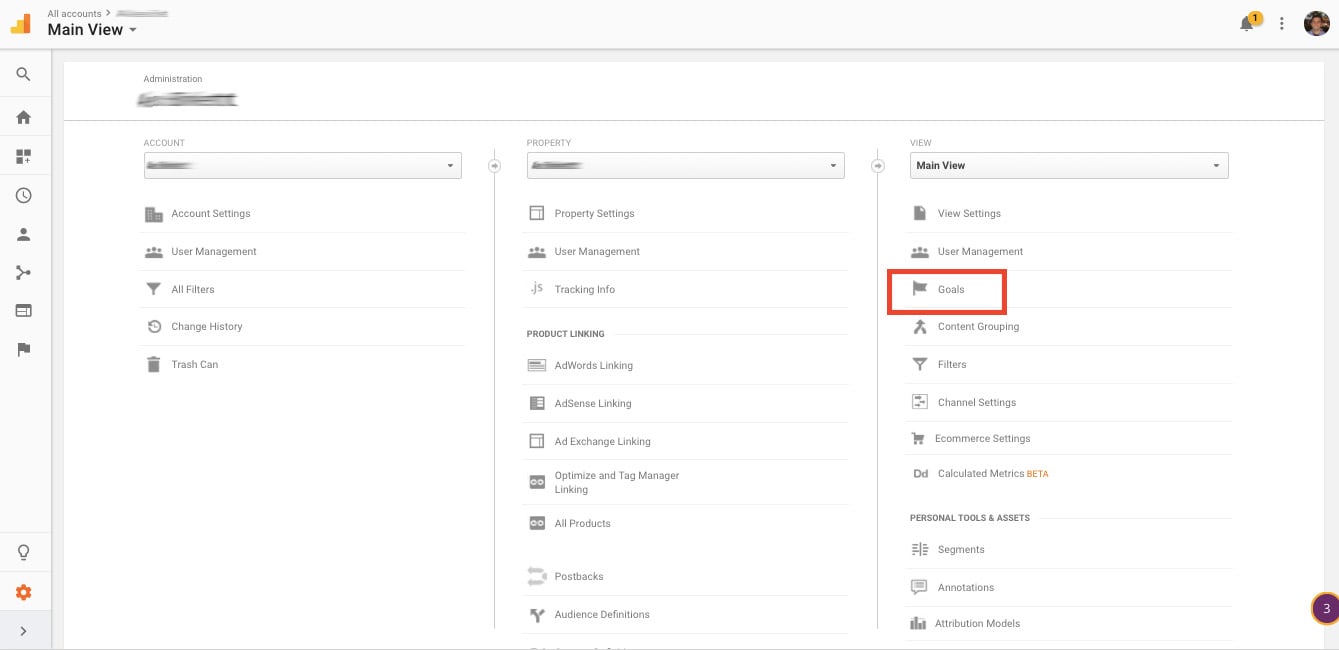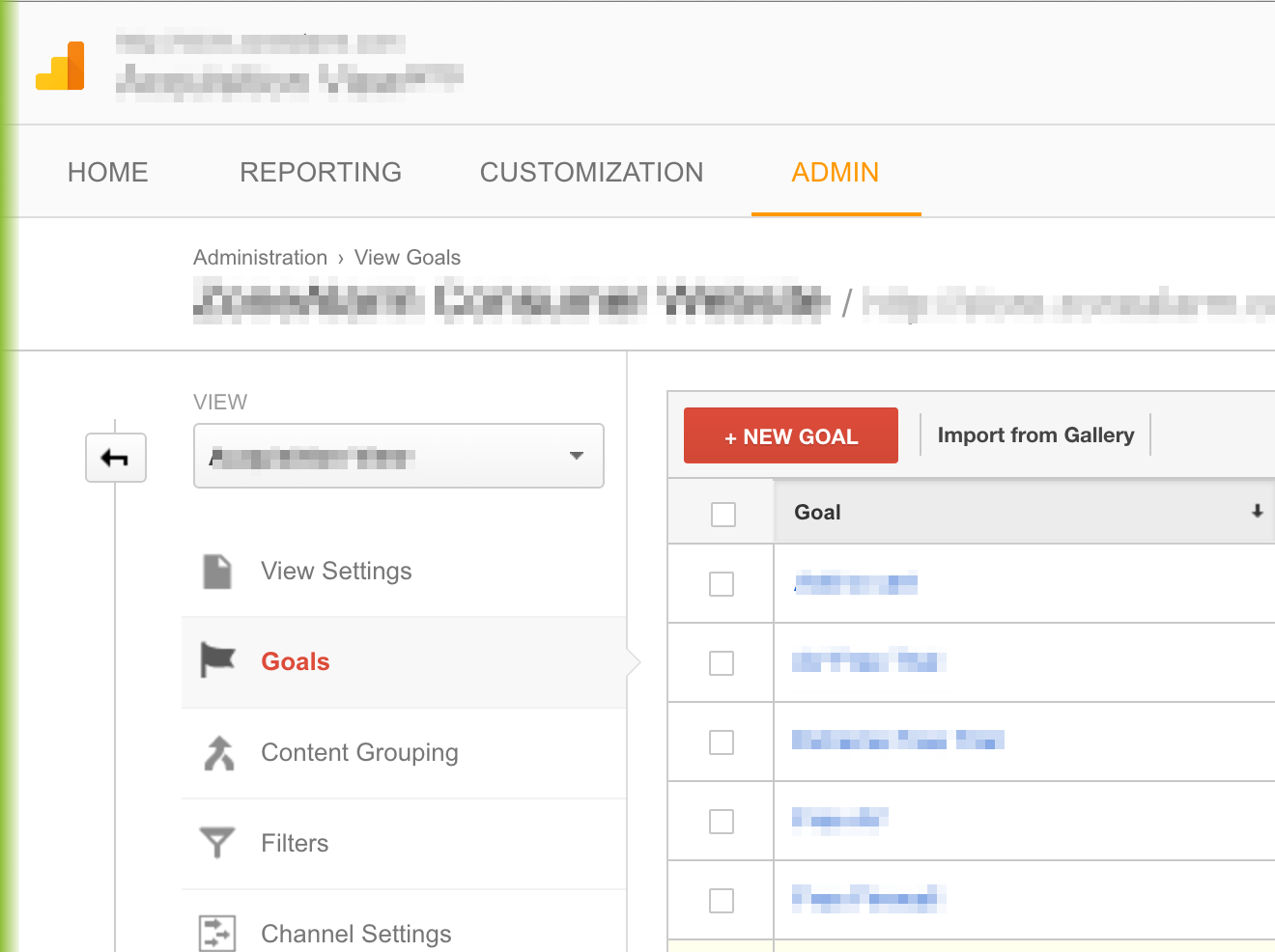What Data Is Google Analytics Goals Unable to Track: Discover the Limitations
Debunking Google Analytics Limitations: Reveal What Information Goals Can not Track
In the realm of digital analytics, Google Analytics stands as a powerful device that offers important insights right into website efficiency and user habits. From the intricacies of individual interaction with vibrant web content to the complexities of cross-device individual trips, these restrictions dropped light on areas that might stay covered from conventional analytics perspectives.

User Communication With Dynamic Material
User communication with dynamic web content plays a crucial role in understanding individual actions on sites and maximizing the general user experience. Dynamic content refers to aspects on a page that can change without the demand for a complete web page reload. This consists of interactive components such as pop-ups, sliders, forms, and video clips that respond to customer actions in real-time. By tracking customer interactions with dynamic content, site proprietors can get important insights right into customer interaction, choices, and behaviors.
Google Analytics supplies different devices to track individual interactions with dynamic web content, such as occasion tracking and digital pageviews. Occasion tracking enables you to keep track of details user activities, like clicking a button or watching a video clip, supplying information on how customers connect with dynamic components. Online pageviews can be used to track communications that do not result in a new web page lots, offering a comprehensive sight of individual involvement with vibrant content. By analyzing this data, site proprietors can make informed choices to boost user experience and drive conversions.
Cross-Device Individual Journeys
Just how can contemporary analytics tools track the facility paths individuals take across numerous tools in their online trips? Cross-device customer trips offer a substantial difficulty for monitoring and assessing user habits properly. As users communicate with sites or apps using various tools such as mobile phones, tablets, and desktop computers, it becomes vital to comprehend just how they move between these platforms to maximize user experience properly.
Google Analytics encounters restrictions in tracking cross-device customer trips as a result of privacy problems and technological restrictions - what data is google analytics goals unable to track. While it can provide understandings right into specific devices' interactions, tracking a seamless user journey throughout numerous tools continues to be a challenge. This constraint can cause insufficient information and fragmented individual insights, making it tough for organizations to develop a unified view of the client trip
To resolve this problem, companies can use sophisticated analytics tools that provide cross-device monitoring abilities, enabling them to get a much more all natural understanding of customer actions. By leveraging these devices, organizations can connect the space in tracking cross-device user trips and maximize their digital approaches for a smooth individual experience.
Offline Conversions and Attribution
As companies navigate the obstacles of tracking cross-device customer trips, one more pivotal aspect to think about is the realm of offline conversions and acknowledgment in the world of data analytics. While Google Analytics supplies valuable insights right into on the internet customer habits, it drops short when it concerns tracking conversions that happen offline. This limitation positions a significant difficulty for companies that have both online and offline sales networks.
Offline conversions, such as purchases made in physical shops or through call centers, are vital to recognizing the complete customer trip. Without the capability to connect these offline conversions to particular online interactions, organizations may struggle to precisely gauge the influence of their electronic advertising and marketing initiatives.
To resolve this gap, services can discover alternate options such as incorporating CRM systems with on-line analytics tools or making use of unique coupon codes that can be mapped back to online campaigns. By connecting the void between online and offline information, organizations can obtain an extra comprehensive understanding of their customers' behavior and enhance their overall marketing techniques.
Person Customer Recognition
In a knockout post the world of information analytics, the capacity to accurately determine individual users throughout various online touchpoints is a crucial difficulty for organizations seeking to personalize and optimize their marketing methods. While Google Analytics offers useful understandings into customer behavior and interactions, it drops short in making it possible for the identification of particular individuals as a result of personal privacy concerns and technical limitations. Google Analytics makes use of one-of-a-kind identifiers such as cookies to track individual sessions and actions, but these do not correspond to determining individual customers in a personal sense.

Data From Secure Pages
Despite the increasing prevalence of safe pages on sites, getting information from these encrypted sources provides an unique obstacle for digital analytics systems like Google Analytics. Safeguard web pages, indicated by HTTPS in the link, secure information exchanged in between the individual's web browser and the website's server to guarantee privacy and safety and security. While this file encryption is important for protecting sensitive information, it additionally positions constraints for tracking customer behavior and event analytics information.
Google Analytics encounters obstacles in gathering comprehensive details from secure pages because of the file encryption methods in position. Therefore, specific information points such as referral sources, keyword searches, and even some individual communications may not be completely captured when customers access a website through a protected link. This constraint can impact the precision and efficiency of the data evaluation, leading to spaces in comprehending individual behavior and preferences on secure pages.
To browse this difficulty, digital experts might require to discover alternate tracking techniques or utilize other devices particularly created to gather insights from secure navigate to this site pages. By adapting methods to suit these constraints, businesses can still derive beneficial analytics in spite of the restrictions provided by encrypted connections.
Conclusion
To conclude, Google Analytics has constraints in tracking individual communication with dynamic content, cross-device individual trips, offline conversions, individual customer recognition, and information from protected web pages. These limitations prevent an extensive understanding of customer actions and might result in gaps in data evaluation. Regardless of its beneficial insights, Google Analytics may not supply a total photo of customer involvement throughout various touchpoints. It is necessary for companies to be familiar with these limitations and consider extra tools for an extra alternative view of their information.
User communication with dynamic content plays a crucial duty in understanding user behavior on websites and optimizing the overall customer experience. By tracking user communications with dynamic web content, web site proprietors can obtain valuable insights right into user involvement, preferences, and actions.
Google Analytics makes use of unique identifiers such as cookies to track individual sessions and actions, however these do not equate to recognizing individual customers in an individual feeling.
As an outcome, particular information factors such as recommendation sources, keyword searches, and also some customer interactions might not be fully recorded when individuals access a site via a safe and secure link.In verdict, Google Analytics has constraints in tracking customer communication with dynamic content, cross-device individual trips, offline conversions, specific user identification, and information from safe and secure web pages.